Archaeological dig reveals what life was like in the New Forest ‘Gypsy Compounds’
“They didn’t want to be there - they were put there.”
The Close, a short 30-minute film about a ground-breaking archaeological dig at Thorney Hill, which was part of the Compound System set up by the authorities amongst the glades and scrublands of the New Forest, has been launched on the Rural Media You Tube Channel, and is free to watch from today.
The Close follows the work of non-profit Romani Community Archaeology, led by archaeologists John-Henry Phillips and Stuart Eve, as they reveal the secrets of what life was like for the nearly four hundred Romany inhabitants of the Thorney Hill Compound – one of seven New Forest Compounds - who were forced to abandon their nomadic way of life.
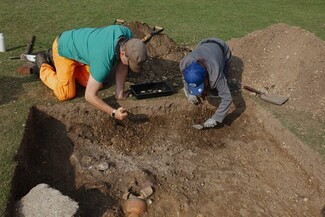
After four decades, the compound was replaced with a ‘Gypsy Rehabilitation Centre’, created as an authority built ‘experiment’ to generationally remove Romany culture from the Romany families moved into the prefab huts. This ‘rehabilitation’ was monitored by wardens with strict criteria the Romany inhabitants needed to meet in order to leave.
“Romany culture was no longer seen as valid, and it had to be stamped out, and the way that they did that was to move the Romany families in the New Forest into compounds, and then into the Gypsy Rehabilitation Centre” says John-Henry Phillips, who is Romany himself and one of the presenters of the hit Channel 4 archaeology show The Great British Dig.
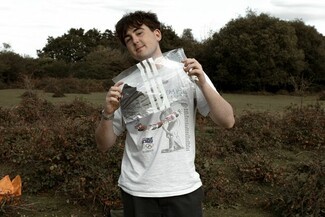
The dig, which was funded by the National Lottery Heritage Fund, was supported by Romany volunteers, many of them local to Thorney Hill and descendants and relatives of the families who lived in the Compounds, with some volunteers helping with the trowels and the mattocks as the dig progressed, and others coming along to tell their handed-down stories about life in the Compounds.
"The Close is unique because it is Romany history for and by its own people,” says Kye, a 20-year-old second year history student whose Great-Grandparents lived in the Gypsy Rehabilitation Centre.
“The chance to address the story of the Rehabilitation Centre(s) through community-driven initiatives such as Romani Community Archaeology brings a new and essential perspective to a story otherwise told both partially and externally,” adds Kye.
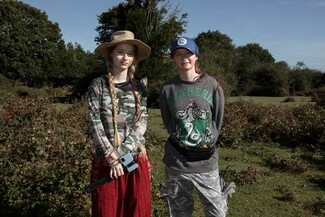
“The Close, and everything it stands for, has brought Romany history back into conversation within the local communities and amongst the families impacted by the scheme. This legacy work is vital in ensuring that future generations like myself remember and advocate on behalf of all of those who came before and had to experience living at the hands of oppression."
In 1926, to end their nomadic way of life, Romany families living in the New Forest were put into a series of seven compounds, with little to no sanitation or water supply. By 1964 local authorities had deemed the situation unsustainable and replaced the compounds with a purpose-built Gypsy Rehabilitation Centre’ on the site of the former compound at Thorney Hill.
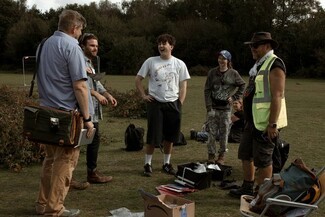
The ‘Gypsy Rehabilitation Centre’ was designed as an experiment to “solve the Gypsy Problem” by assimilating Romany people into the wider population by meeting a series of criteria measured by Wardens. It was hoped that by removing Romany culture from the families, their children will be born having lost the culture from themselves. A Forestry Commission memo from 1962 stated that the “first purge will be to eliminate those families who are capable of recreating the species…when they have been dealt with, the older people will follow”.
The Gypsy Rehabilitation Centre is thought to have closed by the mid-1970s, and by 1979 no sign of it remained on the surface.
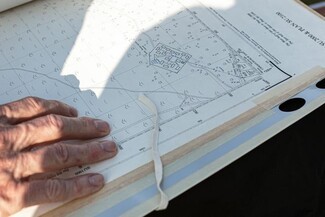
"This was the first time an archaeological excavation of a historic Romany site has ever been undertaken in Britain, which in itself is a statement that Romany heritage is as important as any other part of history,” says John-Henry Phillips.
“It was equally important that the archaeology was carried out by Romany people, because taking ownership and direction of our own stories and the way Romany culture and heritage is shared is more crucial than ever,” he added.
TT News
(Photography Eszter Halasi)
The Close was funded by the National Heritage Lottery Fund and was directed by Dan Haworth-Salter and produced by John-Henry Phillips, Stuart Eve and Dan Haworth-Salter.